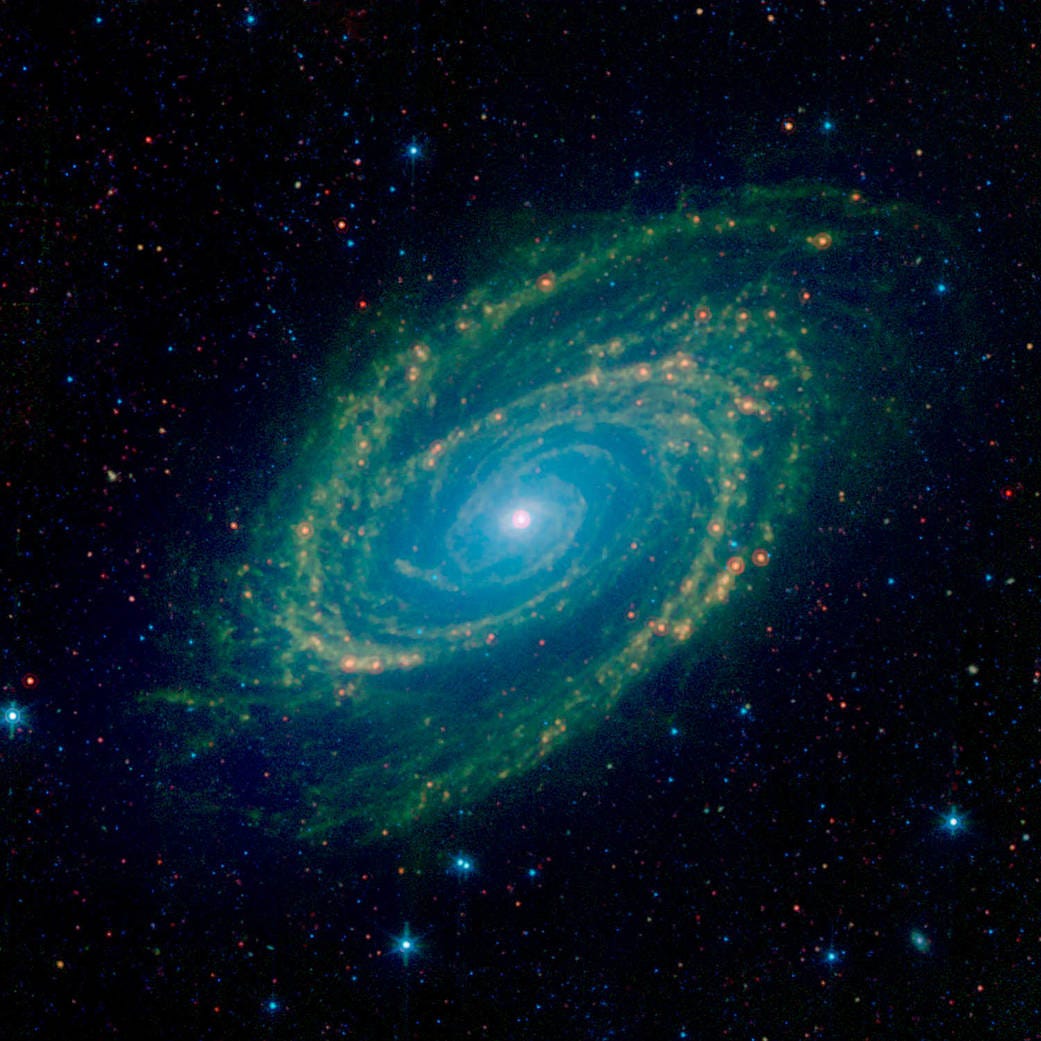The James Webb Space Telescope has taken longer to reach this point than it took to build a great Egyptian pyramid. A pyramid had to be built in at most 20 years to be ready to act as a burial site for a Pharaoh of old Kingdom Egypt. At a time when forty was old age, even for the ruler of a nation who took the throne at about twenty that was the deadline. JSWT has taken longer and in that respect has been a greater challenge and as great of an achievement. Even if one of over one hundred single points of failure in the process from launch to full deployment goes wrong it is an achievement. There are scientists and technicians who are my age now who started work on aspects of JWST as fresh undergraduate students in the early 2000’s. There are scientists who were my age when development started who are now in their seventies. JWST’s path from concept to reality has been fraught with delays, problems, and cost overruns. However, there is just one thing to know about it technologically that will show how much better this will be than Hubble if everything works properly.
 Comparison of the Hubble’s mirror to JWST’s mirror and the average height of a woman. Hubble’s mirror is 2.4 meters (2 meters is roughly six feet)
Comparison of the Hubble’s mirror to JWST’s mirror and the average height of a woman. Hubble’s mirror is 2.4 meters (2 meters is roughly six feet)
Much Better Angular Resolution
The visual acuity of a telescope can be compared by looking at the angular resolution of the telescope. This quantity depends on the wavelength of light we are interested in and the diameter of the telescope. Angular resolution = Wavelength / Diameter.
For the same wavelength, the bigger across the telescope is the smaller the angular resolution is. Smaller angular resolution is good because points of light that right now look like one point will be distinguishable as being two separate points at longer distances from us. For constant wavelength, which for simple terms lets set equal to 1m, JWST’s 6.5m mirror gives a angular resolution of 1/6.5 VS for Hubble 1/2.4. The light these instruments measure is not at a 1 meter wavelength, which would be radio. They have some overlap at about 1 micrometer and so can be compared. In degrees JWST can distinguish points of light separated by 0.00001075 deg. While Hubble can distinguish 0.0000291 degrees of separation.
This is the difference between knowing if you are looking at one flashlight miles away from you or two before those lights move closer.
Without needing to apply any further analytical methods to tease out the structure of things we will simply have imagery that will show us what is there. JWST covers a different range of frequencies than Hubble and is more analogous to the Spitzer infrared space telescope. This is the type of thing we will see from JWST but in greater detail.
 A View of M81 in infrared credit NASA https://www.nasa.gov/image-feature/an-infrared-view-of-the-m81-galaxy
A View of M81 in infrared credit NASA https://www.nasa.gov/image-feature/an-infrared-view-of-the-m81-galaxy
To JSWT things which now look like single points of light and blobs of light will reveal further details far beyond what we see here. It will be like putting on glasses for the first time, or looking through binoculars and seeing a distant scene that we thought we knew as if we’ve never seen it before. At the most extreme end of what is visible JWST will allow us to see objects that are much more distant than M81, with the details we’ve had only on objects as, cosmologically speaking, close as M81. We will see some objects and large scale but distant structure we have only inferred the existence of from other data such as the Cosmic Microwave Background radiation. However, we will not see beyond that barrier as no light was free to propagate that far back in time since the universe itself was so dense.
JWST has been like a pyramid in terms of development time, technical challenge in relation to technological ability, and intent. JWST is our modern, science-based way of reaching out to the heavens to the sublime and otherworldly.
If you liked this article, please check out my other writings on my Blog at Science 2.0. Checkout my Substack for early access to my thoughts and opinions on ongoing science related matters.




Comments